Government, Sustainability:
On this page
Report
Following lengthy negotiations, the EU has passed legislation which will require shipping operators to pay for their carbon emissions. From 1 January 2024, the EU Emissions Trading Scheme will be extended to cover CO2 emissions from all large ships (of 5000 gross tonnage and above) entering EU ports, regardless of the flag those ships fly.
The European Parliament’s Rapporteur for Maritime Emissions Jörgen Warborn has welcomed the legislation as “the world’s most ambitious path to maritime decarbonisation”, adding that the new rules will encourage others to move too.
The global shipping industry is critical to international trade and accounts for 3% of global greenhouse gas emissions[1]The EU’s new rules will impact the global shipping industry, bringing both challenges and opportunities on the path to net zero.
Which emissions fall within the scope of the EU ETS?
- 50% of emissions from voyages which start or end at EU ports (e.g. Tauranga to Zeebrugge[2]); and
- 100% of emissions that occur between two EU ports and when ships are within the EU and adjacent areas (e.g. Antwerp to Ireland).
Initially, the EU ETS will only cover CO2 (carbon dioxide) emissions. From 2026, it will also include CH4 (methane) and N2O (nitrous oxide). In practice, once the new rules are fully implemented shipping companies will have to purchase and surrender (use) EU ETS emission allowances for each tonne of applicable reported CO2 (or CO2 equivalent) emissions. Shipping companies must surrender their first ETS allowances by 30 September 2025 for emissions reported in 2024.
Timeline: phased surrender of allowances
To ensure a smooth transition, shipping companies will only have to purchase and surrender allowances for a portion of their emissions during an initial phase-in period:
- 2025: for 40% of their applicable emissions reported in 2024;
- 2026: for 70% of their applicable emissions reported in 2025; and
- 2027 onwards: for 100% of their applicable reported emissions.
The introduction of an incremental phase-in is intended to allow the maritime sector to adjust to its obligations and incorporate these into future operations more smoothly. These rules were adopted on 16 May 2023 and entered into force on 5 June 2023. You can find the legal texts below:
Amendments to the ETS Directive (Directive EC/2003/87/EC)(external link)

Who will be ensuring compliance?
EU Member State administering authorities will be responsible for monitoring and ensuring compliance. For non-EU shipping companies, administration of the scheme will be the responsibility of the Member State that the company visits most frequently in a two year period, or the first port that the company visits if it has not made any voyages within the EU in the previous two years.
2028: 50% of emissions rule due for review
Subject to the work led by the International Maritime Organization (IMO) on maritime emissions reductions (see below), the new rules say that the EU will review whether the EU ETS should cover more than 50% of international emissions from voyages between the EU and third countries after 2028.
In July 2023, the IMO agreed a revised greenhouse gas emissions reduction strategy that puts the international maritime sector on a 1.5C pathway to net-zero by or close to 2050. Work is underway to develop measures to operationalise the strategy, such as a global fuel standard to reduce the GHG intensity of fuels and a pricing mechanism to make zero carbon fuels price competitive with fossil fuels, for adoption by 2025 and entry into force in 2027 (under MARPOL VI).
What’s next?
The EU Commission is now preparing to adopt implementing and delegated legislation in order to allow for a timely inclusion of the shipping sector in the EU ETS. This legislation, which is set to be published by the end of 2023, will define all the necessary rules, templates, and methods ahead of the planned start date of 1 January 2024.
The European Commission will aim to provide sector-specific rules and templates in relevant implementing and delegated acts to be adopted by the end of 2023, in order to ensure uniform implementation of ETS and MRV rules. In particular, new templates for monitoring plans, emissions reports and reports at company level will be provided.
More information on the new rules can be found on the EU Commission’s website: FAQ – Maritime transport in EU Emissions Trading System (ETS) (europa.eu)(external link)
[1] According to the IEA International Shipping Report, in 2022 emissions from the international shipping sector grew 5 percent, continuing the rebound from the sharp decline in 2020 (COVID) and are now back to 2017-2018 levels.
[2] These routes from New Zealand traverse multiple ships (transhipment) before reaching the EU.
More reports
View full list of market reports(external link)
If you would like to request a topic for reporting please email exports@mfat.net
Sign up for email alerts
To get email alerts when new reports are published, go to our subscription page(external link)
Learn more about exporting to this market
New Zealand Trade & Enterprise’s comprehensive market guides(external link) cover export regulations, business culture, market-entry strategies and more.
Disclaimer
This information released in this report aligns with the provisions of the Official Information Act 1982. The opinions and analysis expressed in this report are the author’s own and do not necessarily reflect the views or official policy position of the New Zealand Government. The Ministry of Foreign Affairs and Trade and the New Zealand Government take no responsibility for the accuracy of this report.

